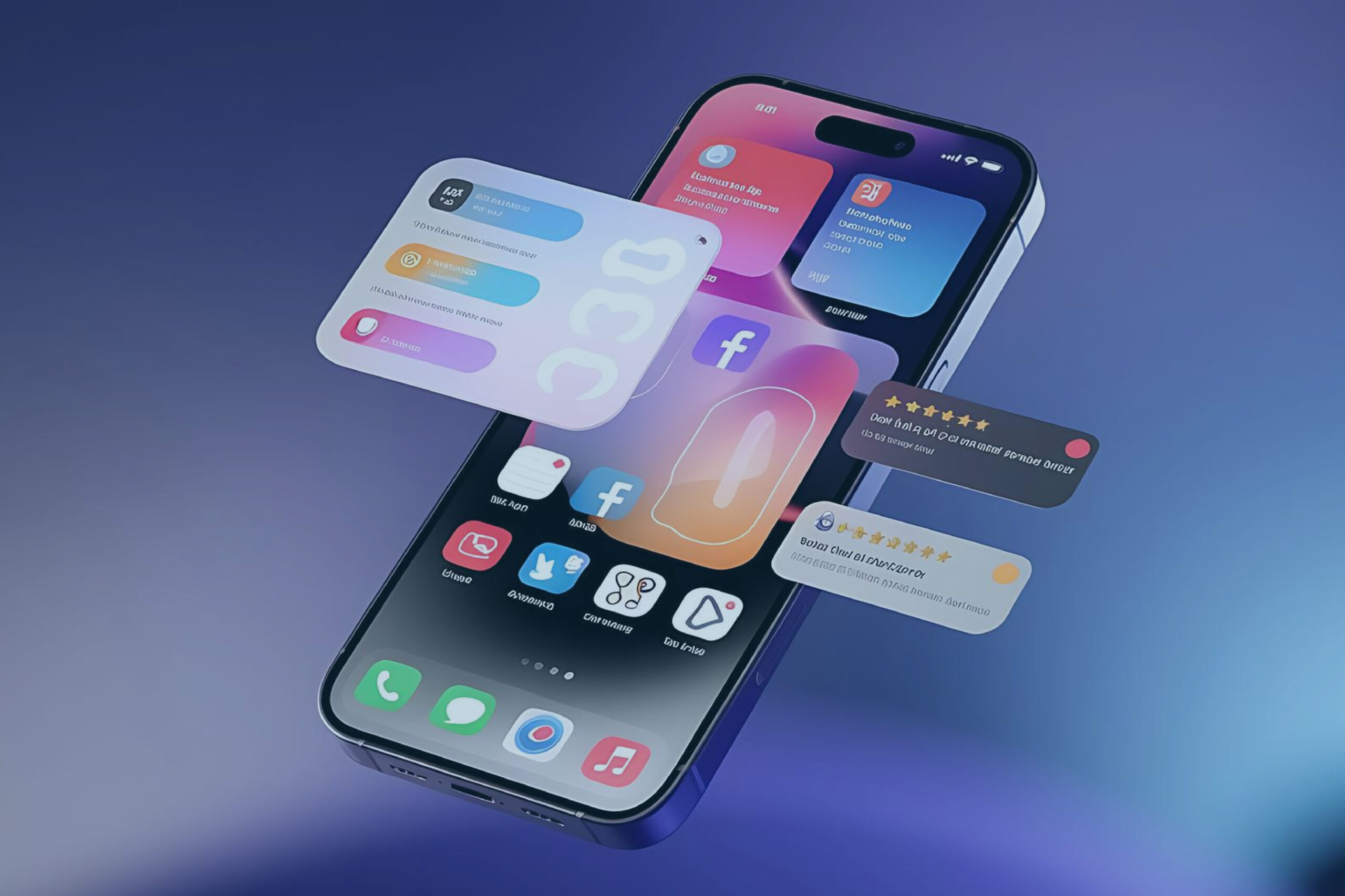Got an Idea? We’ll Turn It Into a Mobile App Everyone Loves
Every great product starts with a spark—maybe it came to you during a late-night scroll, a frustrating customer experience, or just one of those lightbulb moments. You know it has potential. You can see people using it. But turning that spark into a mobile app? That’s where the real work begins.
The question isn’t just how to build an app—it’s how to develop a mobile app everyone loves. One that feels effortless to use. One that solves a real problem. One that people don’t just download—but actually keep and recommend.
If that’s what you’re aiming for, this guide is here to walk you through it—step by step, without any tech overwhelm.
Some Apps Go Viral. Others Vanish. What Makes the Prismatic Difference?
Every day, thousands of apps are uploaded to app stores. Only a few actually make it. What’s the difference?
👉 Apps that succeed aren’t just well-coded—they’re well-thought-out.
They’re designed around the user. They solve a real problem. They make people’s lives better or easier. That’s what builds loyalty and downloads.
If you’re serious about building something people genuinely connect with, this guide is for you.

Step 1: Understand Exactly Who You’re Building For
No matter how unique your app idea is, it needs to meet someone’s real need.
Spend time understanding your audience:
- What frustrates them?
- What are they already using?
- What’s missing in their experience?
You’re not just building features—you’re creating a journey. And if that journey fits seamlessly into your users’ lives, they’ll love your app for it.
Step 2: Keep It Simple, Solve One Problem First
Many first-time founders make this mistake: trying to build an all-in-one app from day one.
Instead, focus on solving one key pain point with elegance and simplicity. Once your users fall in love with that, you can expand.
This focused approach is the foundation of how to develop a mobile app everyone loves.
Step 3: Bring In the Right Tech Partner Early
This is where your idea starts taking shape.
You don’t need to be a developer. But you do need the right team to turn your vision into a working product.
Whether you’re looking for affordable mobile app creation services or full-service execution, a tech partner with experience in custom mobile app design for businesses can help you:
- Pick the right platform (iOS, Android, or both)
- Choose tools that save time and money
- Avoid costly mistakes
This is especially true for startups. The best app development company for startups will guide you through choices you didn’t even know you needed to make.
Step 4: Design That Doesn’t Just Look Good—It Feels Right
Let’s be honest—users don’t fall in love with features. They fall in love with how your app makes them feel.
That’s where good design shines.
🧠 Is it intuitive? 📱 Is it easy on the eyes? 👆 Does it make sense to tap and swipe the way they naturally would?
If the design flows well, people stay. They use it. They recommend it. That’s how you quietly build an app that people rave about.
Step 5: Build Smart and Test Like Crazy
Once the design is locked, it’s time to build. But here’s where many rush the process—and regret it later.
A great development team will:
- Use scalable, modern frameworks
- Ensure data privacy and security
- Run multiple rounds of real-user testing
And trust us, real-user testing changes everything. What you think is perfect might totally confuse a new user.
This step is mission-critical in how to develop a mobile app everyone loves. You only get one first impression.
Step 6: Launch Is Just the Beginning
When your app is finally live on the App Store or Google Play, take a moment to celebrate. You’ve done something most people never do.
But don’t stop there.
Pay attention to:
- What users are saying in reviews
- Where they drop off in the app
- What features they keep asking for
- Update often. Keep listening. Build that relationship.
- This is what turns a one-time user into a loyal fan.
Step 7: Marketing Your App Without Burning Your Budget
You don’t need a giant marketing budget to get your app noticed. You just need a smart, startup-friendly strategy.
Here’s what works:
- A clean website that explains the app
- Social media teasers and real-user stories
- Influencer shootouts or niche community reach-outs
And yes, optimizing your app for store search (ASO) matters too. A custom app development partner can help you do that right.
Reason Your App Will Fail? The Wrong Dev Team.
This journey is not a solo one.
A reliable tech team will walk beside you from the first sketch to your 1000th download. They’ll answer the “what ifs,” fix bugs before users even notice them, and keep the app evolving with your vision.
That’s the difference between an idea that fades out… and an app that stands out.
At Prismatic Technologies – We Don’t Just Build Apps. We Build Brands.
Whether you’re building your first MVP or scaling your mobile product across platforms, we’re here to make the process smooth, strategic, and impactful.
We offer:
✅ Full-stack mobile application development
✅ Expert iOS and Android app developers
✅ User-first design and seamless user experience
✅ Post-launch support, upgrades, and ASO
✅ Affordable mobile app creation services built for startups and scaling teams
From First Idea to Fan-Favorite App—We Make It Happen.
At Prismatic, your idea isn’t just another project. It’s your vision, your future—and we’re all in.
FAQs
Q1: How long does it take to build a mobile app?
It depends on the complexity, but typically 3 to 6 months for a full-featured app. A basic MVP can be ready in 6–8 weeks.
Q2: Do I need a technical background to build an app?
Not at all. A good app development partner will guide you through every step—from idea to launch—with zero coding on your part.
Q3: Is it expensive to build a mobile app?
Costs vary by scope, but you can start lean with an MVP. Many affordable mobile app creation services offer flexible packages.
Q4: Can I launch on both iOS and Android?
Absolutely. With modern tools like Flutter or React Native, you can build cross-platform apps without doubling the cost.
Q5: How do I keep users engaged after launch?
User feedback, regular updates, in-app messages, and loyalty features like rewards or referrals can help keep users active.

